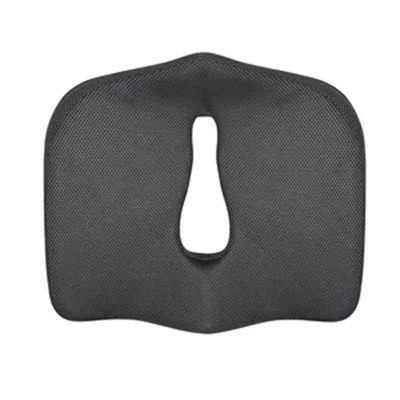The evolution of wheelchair technology has been a continuous process driven by advances in materials, engineering, and a growing understanding of the needs of individuals with mobility impairments. This evolution has led to significant improvements in terms of mobility, comfort, and accessibility for wheelchair users. Here’s an overview of the key milestones and developments in wheelchair technology:
- Ancient Wheelchairs:
- The concept of the wheelchair dates back to ancient civilizations, with the earliest known wheelchairs dating as far back as the 6th century BCE in China and Greece. These early wheelchairs were often rudimentary, using wooden wheels and frames.
- The Push-Rim Wheelchair:
- In the late 19th century, push-rim wheelchairs were introduced. These were manually propelled using large rear wheels with push rims, making it easier for users to self-propel.
- The Folding Wheelchair:
- The first folding wheelchair was patented in 1932 by Harry Jennings and Herbert Everest. This innovation allowed for greater portability and convenience, making it easier to transport and store wheelchairs.
- Power Wheelchairs:
- The development of electric or power wheelchairs began in the mid-20th century. These wheelchairs are equipped with batteries and electric motors, allowing users to control them with a joystick or other input devices. Power wheelchairs provide increased independence for individuals with limited upper body strength.
- Lightweight Materials:
- Advancements in materials science led to the use of lightweight materials such as aluminum and titanium in wheelchair construction. This resulted in lighter, more maneuverable wheelchairs that are easier for users to propel and transport.
- Suspension Systems:
- Some modern wheelchairs are equipped with suspension systems that improve comfort and stability, especially on uneven terrain. This is particularly important for active wheelchair users and those who enjoy outdoor activities.
- Ergonomic Design:
- Wheelchair design has evolved to focus on ergonomics and user comfort. Features such as adjustable seating, cushioning, and backrests help reduce the risk of pressure sores and improve overall comfort.
- Smart Wheelchairs:
- Recent innovations include the development of “smart” wheelchairs equipped with sensors, GPS, and connectivity features. These wheelchairs can provide real-time feedback to users and caregivers, as well as navigation assistance.
- Accessibility Features:
- Many modern wheelchairs are designed with accessibility in mind, incorporating features like tilt-in-space and recline functions, which can be essential for users with specific mobility and health needs.
- Off-Road and All-Terrain Wheelchairs:
- Specialized wheelchairs designed for off-road and all-terrain use have become more prevalent, offering greater mobility options for wheelchair users who enjoy outdoor activities like hiking and off-roading.
- Customization:
- Wheelchairs are increasingly customizable to meet individual needs and preferences, with options for custom seating, frames, and accessories.
- Future Developments:
- Ongoing research and development in wheelchair technology continue to focus on improving mobility, comfort, and accessibility. This includes advances in power and propulsion systems, as well as innovations in user interface technology and energy-efficient designs.
The evolution of wheelchair technology has been instrumental in enhancing the quality of life and independence of individuals with mobility impairments. As technology continues to advance, we can expect even more innovations in the field of mobility devices and increased inclusivity for people with disabilities.




















